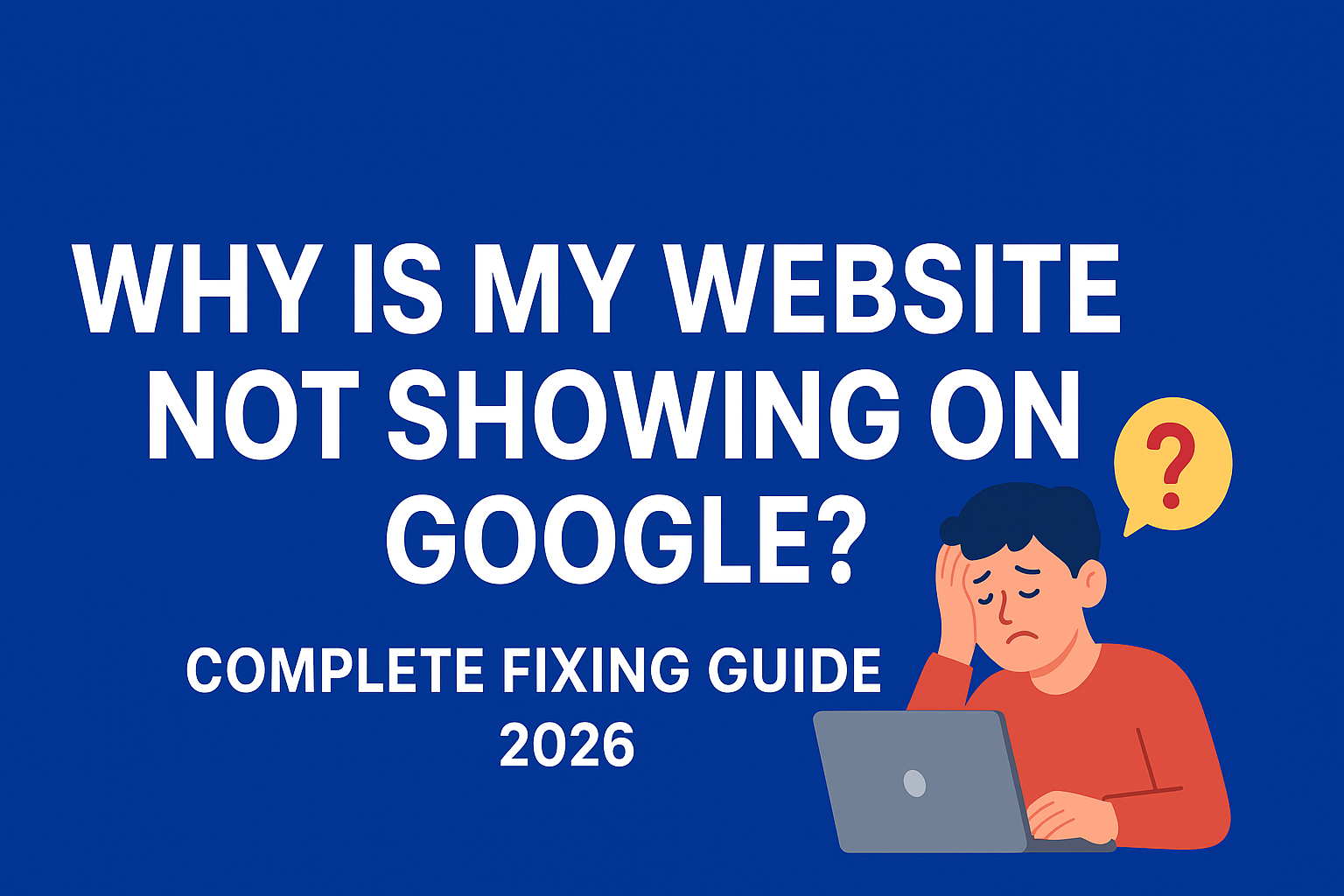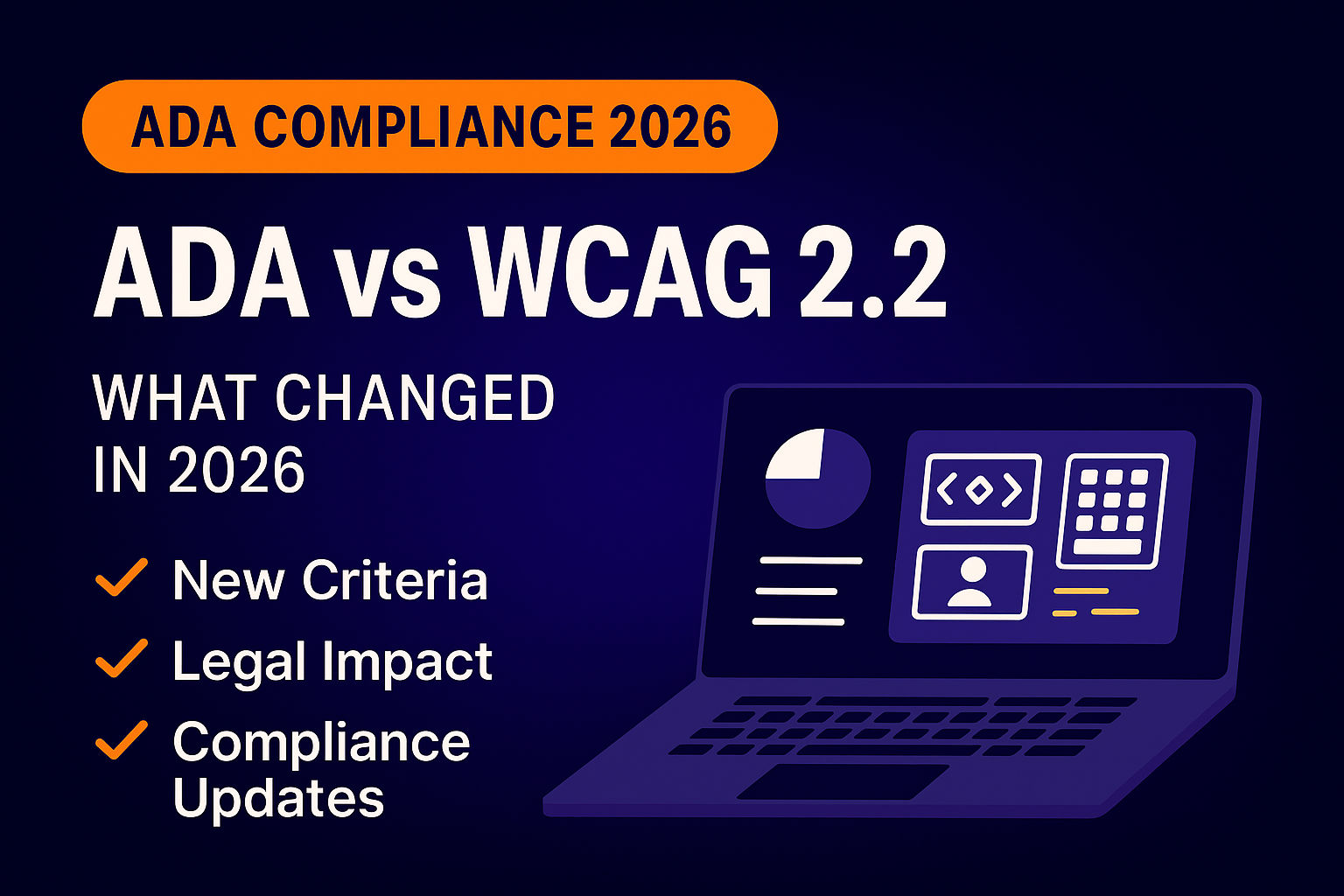A great story can sell a product before the customer even sees the price tag. Think of the last time you bought something that felt personal, something that spoke to you. Chances are, it wasn’t just the features that convinced you — it was the story behind it.
Digital marketing works the same way. In a world overflowing with ads, discounts, and flashy content, storytelling is what cuts through the noise. It’s not about more information — it’s about connection.
Why Storytelling Resonates Online
Think about the last post you stopped to read on LinkedIn, Instagram, or even a company blog. Chances are it wasn’t a bullet-point list of product features. It was a story.
Stories engage emotions. They make your audience see themselves in your message. And when emotions are triggered, people are more likely to act — whether that’s sharing a post, signing up for a newsletter, or purchasing a product.
In an era where attention spans are shrinking, storytelling cuts through the noise. Instead of shouting louder, it invites your audience into a narrative they want to be part of.
The Human Side of Branding
Consumers want more than a transaction — they want to know the people, passion, and purpose behind a business. A story gives your brand a human side. It explains not just what you do, but why you do it.
For example, a bakery isn’t just selling bread. Its story might be about a family recipe passed down for generations, or the founder’s dream to bring fresh, organic food to their community. That narrative makes every loaf more meaningful than the one down the street.
What Makes a Good Marketing Story?
A good brand story isn’t fiction — it’s authentic, relatable, and crafted with purpose. There are three elements every digital marketing story should include:
- A Clear Character
Your customer should be the hero. Brands often make the mistake of placing themselves at the center, but the strongest stories flip the script. Position your audience as the main character facing a challenge, and your product or service as the guide who helps them succeed. - A Challenge or Problem
Every story needs conflict. In marketing, that means highlighting the pain points your audience is experiencing. When you acknowledge these struggles, you build trust by showing you understand their reality. - A Resolution
This is where your solution comes in. By the end of the story, your audience should clearly see how life improves with your brand in the picture. The resolution should be simple, memorable, and emotionally satisfying.
Storytelling in Different Digital Channels
Storytelling takes on different forms depending on the platform, but the core principles remain the same.
On Your Website
Your website is your digital storefront, but it shouldn’t read like a brochure. From your homepage to your about page, every section should guide visitors through a story. Share your brand’s origin, your values, and — most importantly — how you solve your customer’s problems.
On Social Media
Social media thrives on micro-stories. A single Instagram post can highlight a customer success story, while a Twitter thread can walk followers through a journey of challenges and solutions. Platforms like TikTok and Reels offer even more opportunities to turn storytelling into visual experiences.
In Email Campaigns
Emails often get dismissed as routine, but they’re one of the most powerful places to weave stories. Instead of sending promotions alone, frame them within a narrative. For example, tell the story of a customer who overcame a problem thanks to your service.
In Content Marketing
Blogs, podcasts, and videos are perfect spaces to expand stories. Here, you can layer emotion with information, building both authority and connection. SEO-rich storytelling ensures your content ranks on Google while keeping readers engaged until the end.
The Psychology Behind Storytelling
Science backs this up. When people hear a story, their brains release oxytocin — the “trust hormone.” It makes them more empathetic and more likely to act. That’s why a testimonial framed as a story often outperforms a standard review.
Think of how brands like Nike don’t just sell shoes. They sell perseverance, grit, and triumph through the stories of athletes. Customers don’t just buy sneakers; they buy into a movement.
How to Craft Stories That Convert
Crafting stories isn’t about fabricating tales — it’s about highlighting truths in a way that resonates. Here are some practical steps:
- Listen to Your Customers: Their experiences provide the most authentic stories. Testimonials and reviews are gold for storytelling.
- Keep It Simple: A confused audience is a lost audience. Your story should be easy to follow, with one clear message.
- Use Emotion Strategically: Joy, relief, and even frustration can drive action when framed correctly.
- Blend Facts with Feeling: Data gives credibility, but emotion drives decisions. The two together create compelling narratives.
The Future of Digital Storytelling
With AI, personalization, and immersive media growing fast, the future of marketing lies in stories tailored to each individual. From interactive videos to personalized brand journeys, businesses that master storytelling will stand out in crowded markets.
But the foundation remains timeless: people crave stories that move them.
Final Thoughts
Digital marketing isn’t about shouting louder — it’s about speaking directly to the heart. Storytelling gives your brand a voice that people want to hear, a message they want to share, and a reason to stay loyal.
If your business is ready to move from selling products to telling stories that inspire action, the time to start is now.





